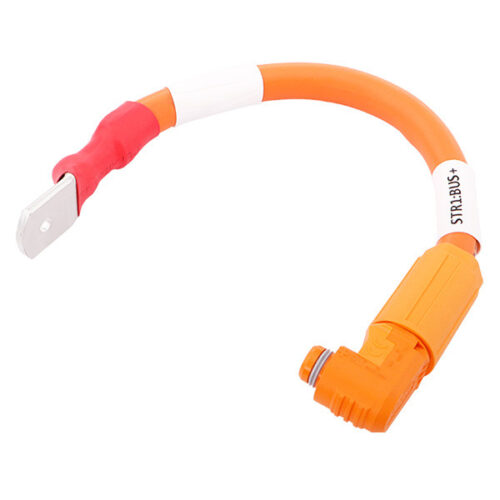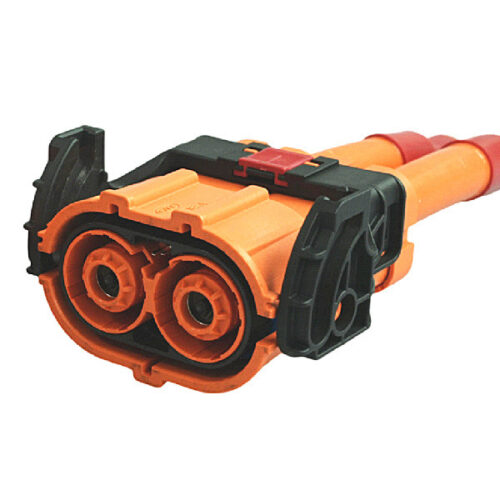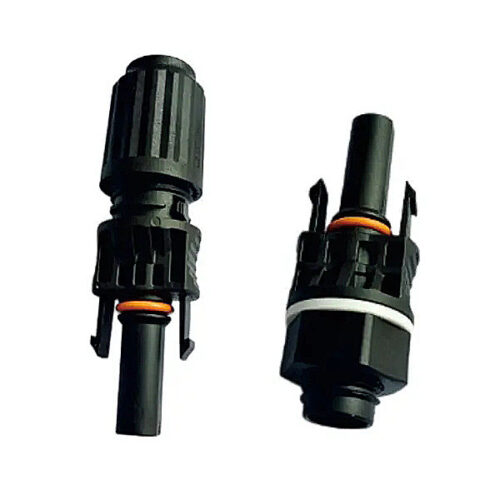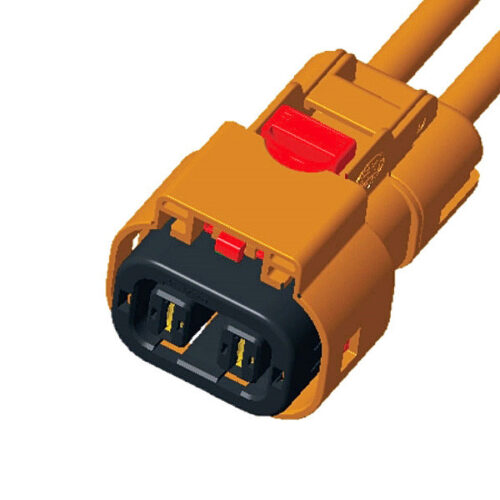Blogs & News
We are focus on automotive wiring harness & connectors technology.
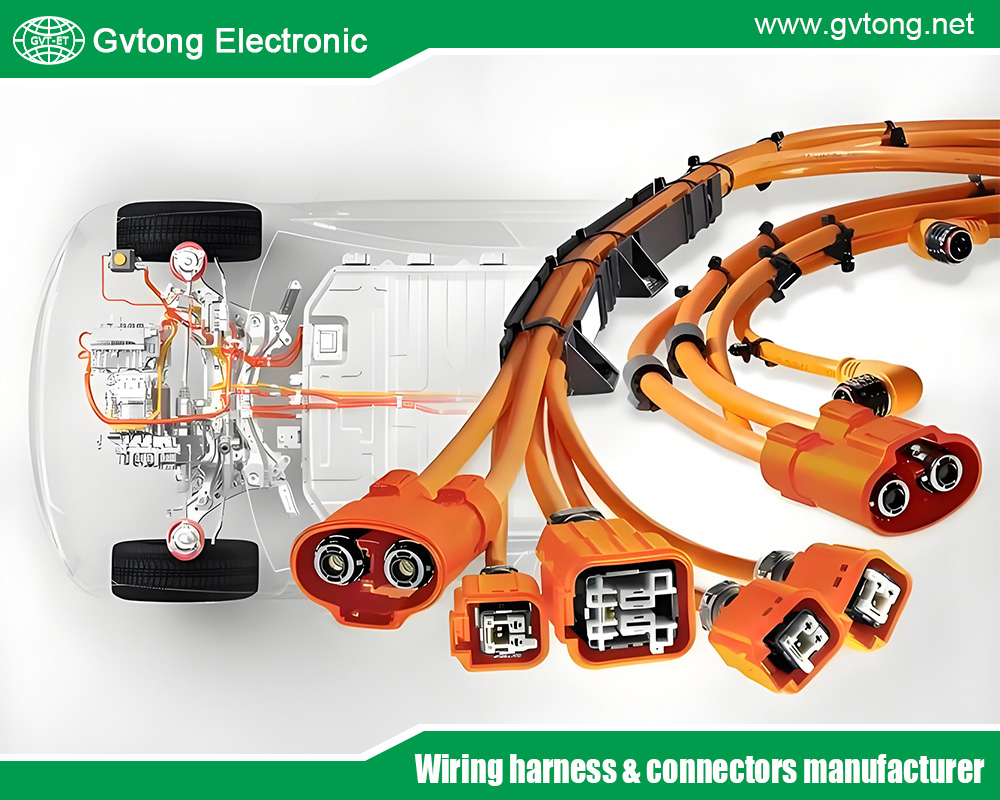
Automotive Hybrid Connectors Directly Affect the Driving Range of Hybrid Vehicles
- Gvtong Electronic
- 2p 32p Automotive Connector Terminal Crimping, 48V board net connectors, Anti-vibration automotive connectors, Automated assembly connectors, Automated assembly connectors Cost-effective automotive connectors, automotive, automotive antenna connector, Automotive Camera Connectors, Automotive Camera LVDS Cable-Waterproof, Automotive Camera Module Connectors, automotive cavity connectors, automotive diagnostic connector, Automotive Hybrid Connectors, Automotive Hybrid Connectors Manufacturer, Automotive Hybrid Connectors Supplier, Automotive power distribution connector, Automotive shielded connectors, automotive waterproof connectors, Automotive-grade AEC-Q200 connectors, Blind-mate automotive connectors, Cost-effective automotive connectors, EV charging connectors, Halogen-free automotive connectors, High-speed data connectors, High-temperature resistant connectors, Lightweight automotive connectors, Low-contact resistance connectors, Modular automotive connectors, Multi-variation connectors, Oil-resistant automotive connectors, Recyclable material connectors, Redundant safety connectors, Thermal management connectors, Wireless charging connectors
- No Comments
Automotive Hybrid Connectors Directly Affect the Driving Range of Hybrid Vehicles
Hybrid vehicles represent a pivotal shift in the automotive industry, bridging the gap between traditional internal combustion engines (ICE) and fully electric powertrains. These vehicles combine an ICE with an electric motor and battery system, allowing for improved fuel efficiency, reduced emissions, and enhanced performance. As of 2025, hybrid vehicles, including plug-in hybrids (PHEVs), have become increasingly popular due to their ability to operate on electric power for short distances while relying on gasoline for longer trips, alleviating range anxiety that plagues pure electric vehicles (EVs). The driving range of a hybrid vehicle—typically measured in miles per gallon equivalent (MPGe) or the distance achievable on electric mode alone—is influenced by numerous factors, including battery capacity, aerodynamics, weight, and energy management systems.
One often-overlooked component that plays a crucial role in optimizing this range is the automotive hybrid connector. These are specialized connectors designed to integrate multiple functions, such as power transmission, data signaling, and sometimes even fluid transfer, into a single unit. Unlike traditional connectors that handle only one type of signal or power, hybrid connectors streamline vehicle architecture by reducing the number of individual connections, minimizing wiring complexity, and enhancing overall system efficiency. This integration directly impacts the driving range by improving energy transfer efficiency, reducing power losses, and contributing to lighter vehicle designs.
In this article, we explore how automotive hybrid connectors influence the performance of hybrid vehicles, with a particular focus on their effect on driving range. By examining their design, applications, benefits, and real-world case studies, we demonstrate that these connectors are not mere accessories but essential elements that can extend range, lower operational costs, and support the transition to sustainable mobility. As the automotive sector pushes toward electrification, understanding the role of hybrid connectors becomes vital for engineers, manufacturers, and consumers alike.
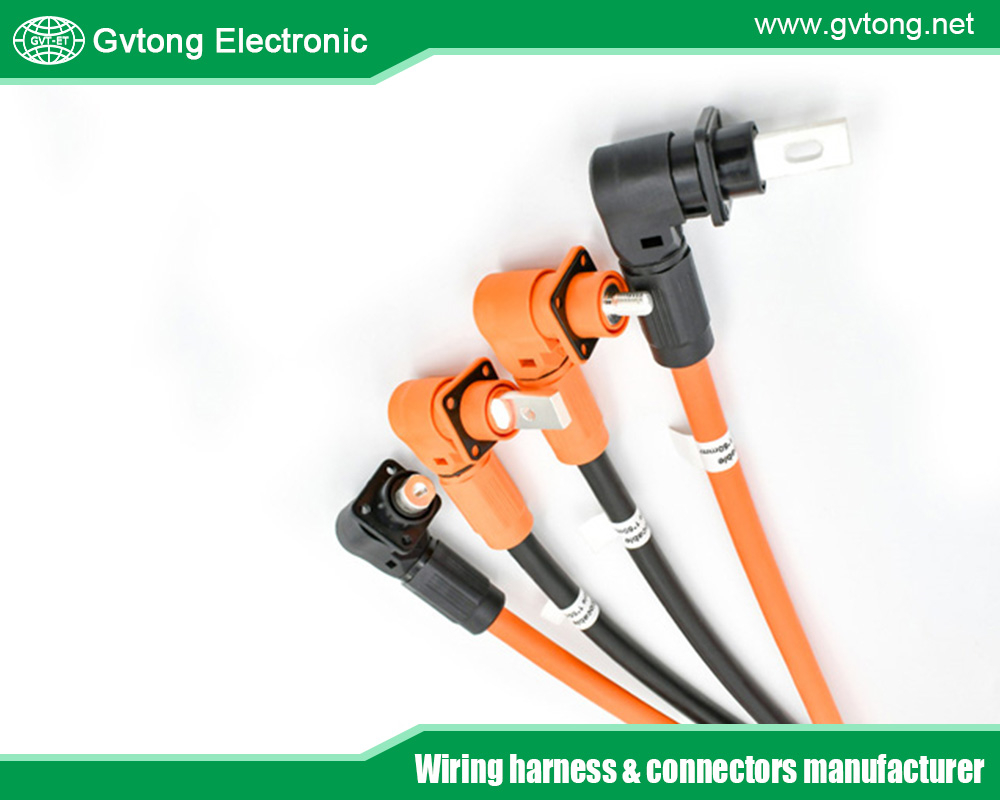
What Are Automotive Hybrid Connectors?
Automotive hybrid connectors are advanced electrical interfaces that combine power, signal, and data transmission capabilities within a single housing. This multifunctional design distinguishes them from standard connectors, which typically manage only one aspect, such as power or data alone. In the context of hybrid vehicles, these connectors are engineered to withstand harsh automotive environments, including vibrations, temperature fluctuations, and exposure to moisture or contaminants.
The core structure of a hybrid connector includes multiple contact points: high-voltage pins for power delivery, low-voltage terminals for signals, and sometimes fiber optic or coaxial elements for high-speed data. Materials like high-grade plastics, copper alloys, and specialized seals ensure durability and reliability. For instance, connectors often feature self-cleaning contacts and aerospace-grade locking mechanisms to prevent corrosion and maintain connectivity over time.
There are several types of hybrid connectors tailored for automotive use. Power-signal hybrids, common in battery management systems (BMS), merge high-current power lines with diagnostic signals. Electrofluidic hybrids incorporate fluid lines for cooling systems alongside electrical connections, which is particularly useful in thermal management for batteries. Data-signal-power (DaSH) hybrids, like those from Molex, integrate high-speed data for advanced driver-assistance systems (ADAS) with power and signals, supporting zonal architectures in modern vehicles.
The evolution of hybrid connectors has been driven by the demands of electrification. In traditional vehicles, wiring harnesses could include hundreds of individual connectors, leading to increased weight and potential failure points. Hybrid connectors reduce this complexity by consolidating functions, which not only saves space but also enhances assembly efficiency during manufacturing. For hybrid vehicles, this means better integration between the ICE, electric motor, and battery, allowing for seamless mode switching between electric and gasoline power.
Standards such as those from the Society of Automotive Engineers (SAE) and International Electrotechnical Commission (IEC) govern these connectors, ensuring compatibility and safety. For example, they must handle voltages up to 1000V DC and currents of 250A for fast charging applications, making them suitable for both hybrids and EVs. Overall, hybrid connectors represent a fusion of mechanical and electrical engineering, optimized for the high-stakes environment of automotive propulsion.
The Role of Hybrid Connectors in Hybrid Vehicles
In hybrid vehicles, the powertrain is a complex ecosystem where the ICE, electric motor, battery, and control units must work in harmony. Hybrid connectors serve as the nervous system, facilitating efficient communication and power flow across these components. They are integral to systems like the BMS, which monitors battery health, voltage, and temperature to prevent overcharging or thermal runaway.
One key application is in the high-voltage wiring harness, where hybrid connectors link the battery pack to the inverter and motor. By combining power and data lines, these connectors enable real-time diagnostics, allowing the vehicle’s electronic control unit (ECU) to optimize energy usage. For PHEVs, connectors in charging ports ensure efficient energy transfer from external sources, directly influencing the electric-only range.
Thermal management is another critical area. Hybrid vehicles generate significant heat from batteries and motors, and inefficient cooling can degrade performance and range. Quick connectors in thermal systems, often hybrid in design, integrate fluid lines with sensors to monitor coolant flow, ensuring batteries operate within optimal temperature ranges. This prevents efficiency losses, as batteries perform best between 20-40°C; deviations can reduce range by up to 30% in extreme conditions.
In advanced hybrids, connectors support 48V mild-hybrid systems, which provide torque assist and regenerative braking. These systems recover energy during deceleration, storing it in the battery to extend range. Hybrid connectors minimize power losses in these circuits, ensuring more energy is recaptured and reused. Additionally, in zonal architectures, where vehicle functions are divided into zones, hybrid connectors reduce cable lengths and weight, contributing to overall vehicle lightness.
Reliability is paramount, as connector failures can lead to safety issues, recalls, and reduced adoption of hybrid technology. Features like vibration-resistant designs and EMI shielding protect against interference, ensuring stable operation in dynamic driving conditions.
Direct Impact on Driving Range
The driving range of hybrid vehicles is fundamentally tied to energy efficiency—how effectively the vehicle converts stored energy into motion. Automotive hybrid connectors directly enhance this by reducing electrical resistance, minimizing weight, and improving system integration, all of which translate to extended range. First, efficient power transmission is key. Traditional connectors can introduce resistance, leading to voltage drops and heat generation, which wastes energy. Hybrid connectors, with their optimized contact designs, ensure minimal power loss—often less than 1%—during transfer from battery to motor. In PHEVs, this efficiency extends electric-only range; for example, better connectors can add miles by reducing losses in high-current paths.
Weight reduction is another major factor. By consolidating multiple connectors into one, hybrid designs cut down on wiring harness mass, which can account for up to 50 kg in a vehicle. Lighter vehicles require less energy to propel, directly boosting MPGe. Studies show that every 10 kg reduction can improve range by 1-2% in hybrids.
Thermal management via hybrid connectors also plays a role. Efficient cooling prevents battery degradation, maintaining capacity over time. In one case, advances in quick connectors for thermal systems have been shown to extend battery life and range by optimizing heat dissipation.
Case studies illustrate these impacts. In a Molex implementation for hybrid architectures, automotive hybrid connectors improved energy recovery in regenerative braking, extending range by up to 10% in urban cycles. Another example from Aptiv involved hybrid connectors in wiring harnesses, reducing complexity and weight, resulting in a 5-7% range increase for a PHEV model. In fuel cell hybrids, connectors enhanced power plant efficiency, doubling range compared to earlier designs.
Emissions and grid integration benefits indirectly support range. PHEVs with efficient connectors allow flexible charging, shifting loads to off-peak times for better efficiency. Overall, these connectors can improve range by 5-15%, depending on design and usage.
Challenges and Future Trends
Despite their benefits, hybrid connectors face challenges like high costs and standardization issues. Manufacturing precision is required to handle high voltages safely, and compatibility across brands remains a hurdle.
Future trends include smarter connectors with embedded sensors for predictive maintenance, further enhancing efficiency. Wireless variants and 800V systems promise faster charging and longer ranges. As hybrids evolve toward full electrification, hybrid connectors will be key in addressing range anxiety.

Conclusion
Automotive hybrid connectors are indispensable in maximizing the driving range of hybrid vehicles through efficiency gains, weight savings, and reliable integration. As the industry advances, investing in these technologies will drive sustainable mobility forward, making hybrids a viable bridge to an electric future. With ongoing innovations, their impact will only grow, benefiting drivers with longer, greener journeys.
For more about automotive hybrid connectors directly affect the driving range of hybrid vehicles, you can pay a visit to Gvtong at https://www.gvtong.net/ for more info.

